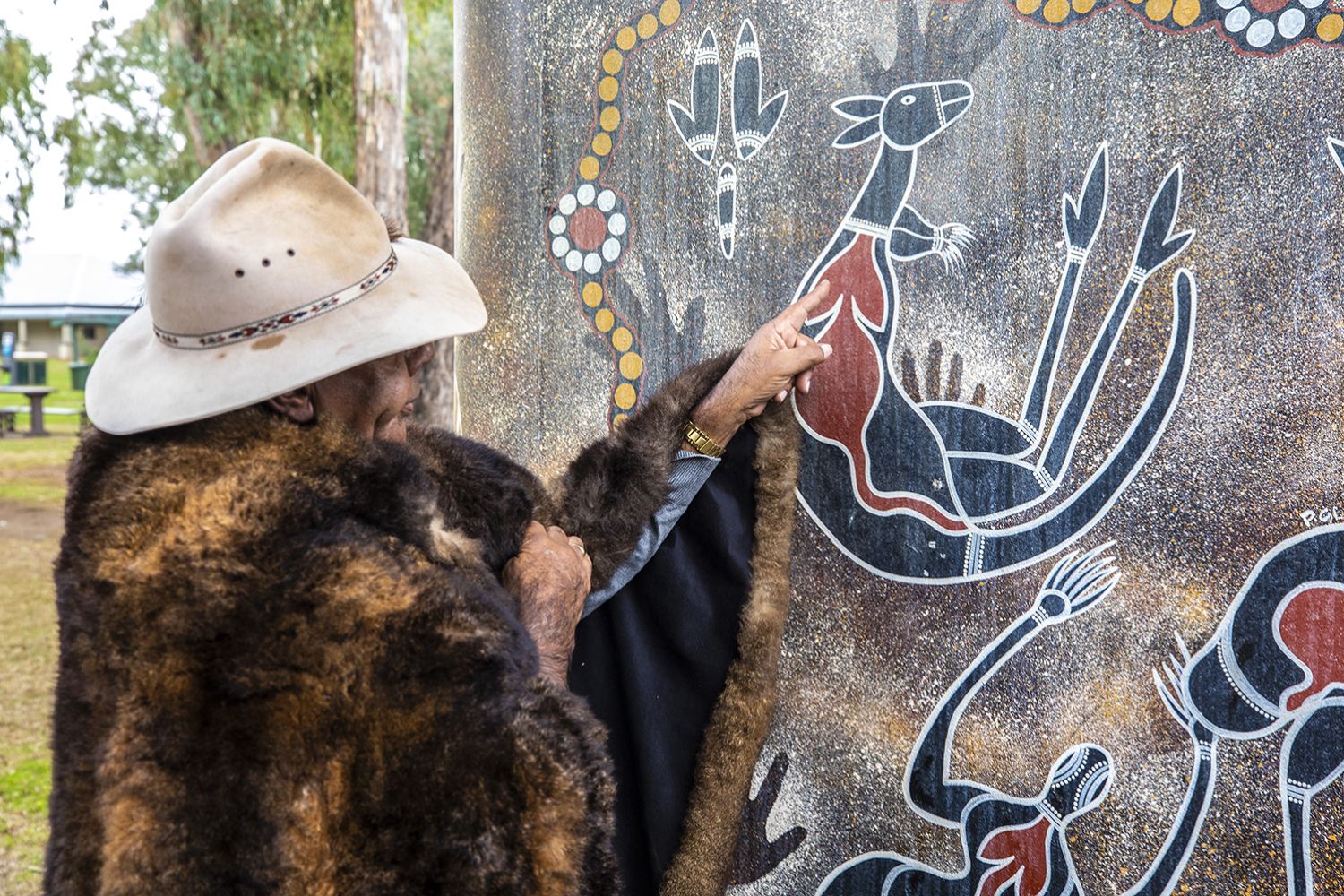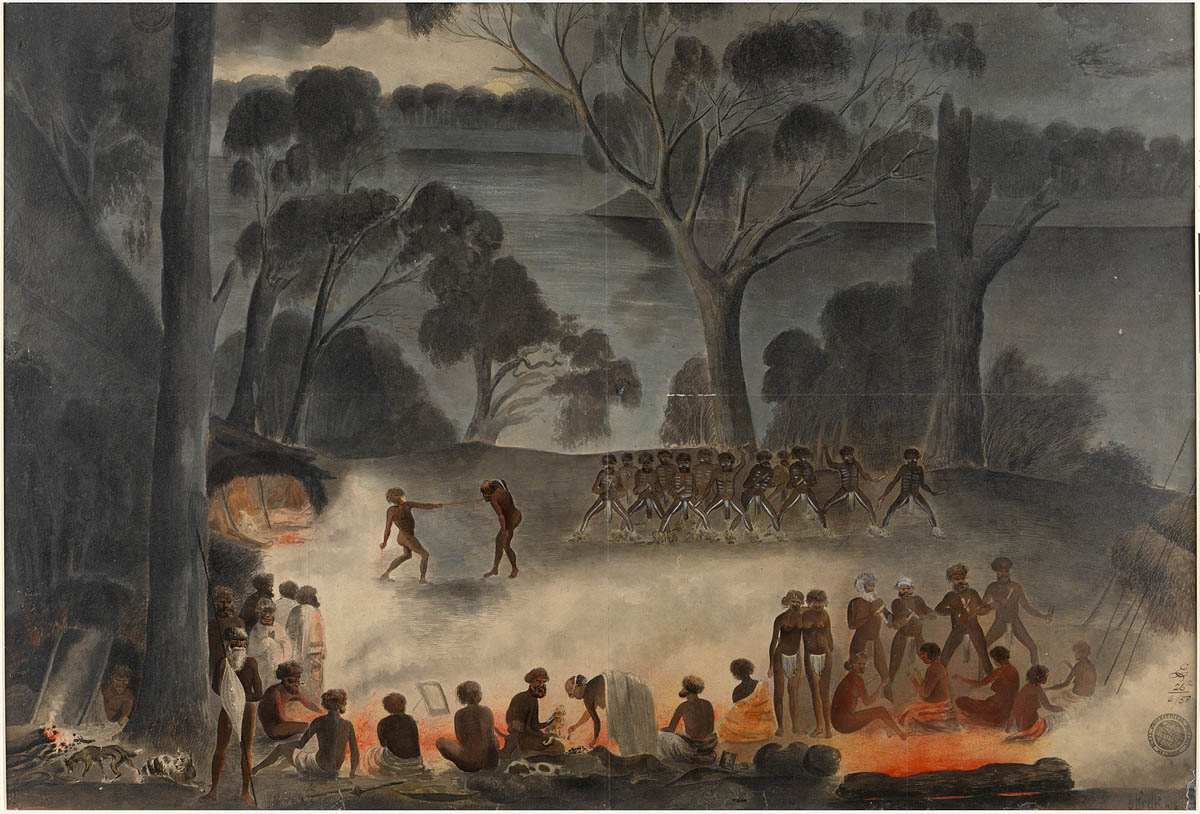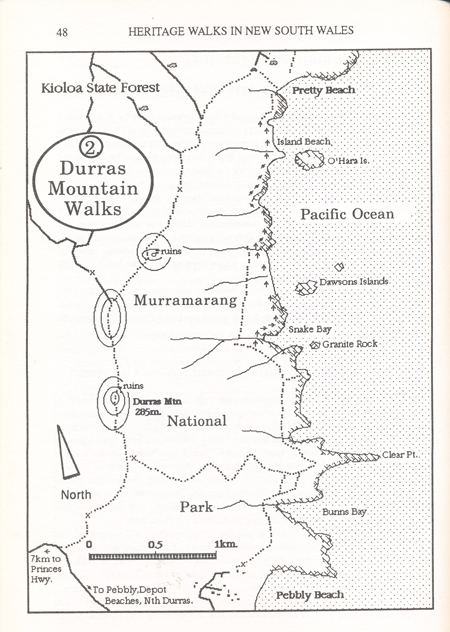A Journey Through Time: Unveiling the Rich Heritage of New South Wales Aboriginal Tribes
A Journey Through Time: Unveiling the Rich Heritage of New South Wales Aboriginal Tribes

The land we know as New South Wales (NSW) has been home to Aboriginal people for tens of thousands of years. This ancient land, with its diverse landscapes, from the rugged Blue Mountains to the vast plains of the Riverina, has witnessed the rise and fall of countless Aboriginal cultures, each with its unique traditions, languages, and stories. Today, we embark on a journey to explore the vibrant tapestry of Aboriginal tribes who have called NSW home for generations.
The First Inhabitants: A History of Resilience
Related Articles: A Journey Through Time: Unveiling the Rich Heritage of New South Wales Aboriginal Tribes
- Leaping Through Time: Exploring The Significance Of Kangaroo Aboriginal Paintings
- Uncovering The Stories Behind Indigenous Australian Last Names: A Journey Of Identity And Resilience
- Unpacking The Nuances: Indigenous, Native, And Aboriginal – Understanding The Differences
- AmanguTitle
- The Rhythms Of The Land: A Journey Into The World Of Aboriginal Instruments
The arrival of the first Aboriginal people in NSW is shrouded in the mists of time, but evidence suggests they migrated from the north, arriving at least 40,000 years ago. Over millennia, they adapted to the diverse environments, developing sophisticated survival techniques and profound knowledge of the land. Their connection to the earth was not merely physical; it was spiritual, woven into their beliefs, rituals, and everyday life.
A Mosaic of Cultures: The Diverse Tribes of NSW
NSW was once home to a multitude of Aboriginal tribes, each with its own distinct language, customs, and territory. Some of the major tribes include:
- The Eora: Occupying the Sydney Basin, the Eora people were renowned for their intricate social structures and their connection to the land. Their language, Eora, was spoken in the Sydney region and is now sadly extinct.
- The Dharug: Living in the area surrounding the Hawkesbury River, the Dharug people were known for their skilled hunters and gatherers. They maintained a strong connection to the land and its resources, using fire management techniques to shape the landscape.
- The Wiradjuri: One of the largest Aboriginal nations in NSW, the Wiradjuri people inhabited a vast territory stretching from the Blue Mountains to the Riverina. Their culture was rich in song, dance, and storytelling, reflecting their deep connection to the land and their ancestors.
- The Ngunnawal: The Ngunnawal people lived in the Canberra region, their territory encompassing the Brindabella Ranges and the surrounding plains. They were skilled hunters and fishermen, and their culture was marked by a strong sense of community and respect for the natural world.
- The Gamilaraay: The Gamilaraay people lived in the north-western region of NSW, their territory extending into Queensland and South Australia. They were known for their complex social structures and their expertise in astronomy and navigation.

A Legacy of Language: The Voices of the Past
The rich diversity of Aboriginal cultures in NSW is reflected in the vast array of languages spoken across the region. Sadly, many of these languages have been lost due to colonization and assimilation policies. However, efforts are underway to revitalize and preserve these languages, ensuring that the voices of the past continue to resonate.
The Impact of Colonization: A Story of Dispossession and Resilience

The arrival of European settlers in 1770 marked a turning point in the history of NSW Aboriginal tribes. Colonization brought with it dispossession, disease, and forced assimilation policies, which had a devastating impact on Aboriginal culture and way of life. Many tribes were displaced from their traditional lands, their languages suppressed, and their cultural practices disrupted.
Despite the immense challenges they faced, Aboriginal people in NSW have shown remarkable resilience. They have fought to preserve their cultural heritage, reclaim their land rights, and advocate for social justice. Their stories of survival and resistance are a testament to their strength and determination.
The Future of NSW Aboriginal Tribes: A Path Towards Reconciliation
Today, NSW Aboriginal communities are working to rebuild their cultures and reclaim their rightful place in society. They are actively involved in cultural revitalization programs, language preservation initiatives, and land rights claims. The journey towards reconciliation is ongoing, but there is a growing recognition of the importance of acknowledging the history and rights of Aboriginal people.
The Importance of Understanding and Respect

Learning about the history and culture of NSW Aboriginal tribes is crucial for fostering a deeper understanding of the land we live on and the people who have called it home for millennia. It is essential to recognize the ongoing impact of colonization and to work towards a future where Aboriginal cultures are respected and celebrated.
FAQs: New South Wales Aboriginal Tribes
Q: How many Aboriginal tribes were there in NSW before colonization?
A: It is difficult to estimate the exact number of Aboriginal tribes in NSW before colonization, as many tribes were small and their territories overlapped. However, estimates suggest there were hundreds of distinct tribes, each with its own language and cultural practices.
Q: What happened to the Aboriginal languages of NSW?
A: Many Aboriginal languages in NSW were lost due to the impact of colonization, including forced assimilation policies that discouraged the use of Indigenous languages. Today, there are only a handful of Aboriginal languages spoken in NSW, with many more facing the threat of extinction.
Q: What are some ways to support Aboriginal communities in NSW?
A: There are many ways to support Aboriginal communities in NSW, including:
- Learning about Aboriginal history and culture.
- Supporting Aboriginal businesses and organizations.
- Engaging with Aboriginal cultural events and festivals.
- Advocating for Aboriginal rights and social justice.
- Donating to organizations working to support Aboriginal communities.
Q: What is the significance of the Aboriginal flag in NSW?
A: The Aboriginal flag is a symbol of Aboriginal identity, pride, and sovereignty. It is a powerful reminder of the ongoing struggle for recognition and self-determination.
Q: What are some of the challenges facing Aboriginal communities in NSW today?
A: Aboriginal communities in NSW continue to face challenges related to poverty, health disparities, education gaps, and incarceration rates. These issues are often rooted in the historical trauma of colonization and the ongoing impact of systemic racism.
Conclusion: A Legacy of Resilience and Hope
The story of NSW Aboriginal tribes is a testament to the enduring spirit of Indigenous people. They have faced immense challenges, yet they have persevered, maintaining their cultural heritage and fighting for their rights. As we move forward, it is essential to listen to their voices, learn from their wisdom, and work together to build a future where all Australians can live in harmony and respect.

Closure
Thus, we hope this article has provided valuable insights into A Journey Through Time: Unveiling the Rich Heritage of New South Wales Aboriginal Tribes. We thank you for taking the time to read this article. See you in our next article!


